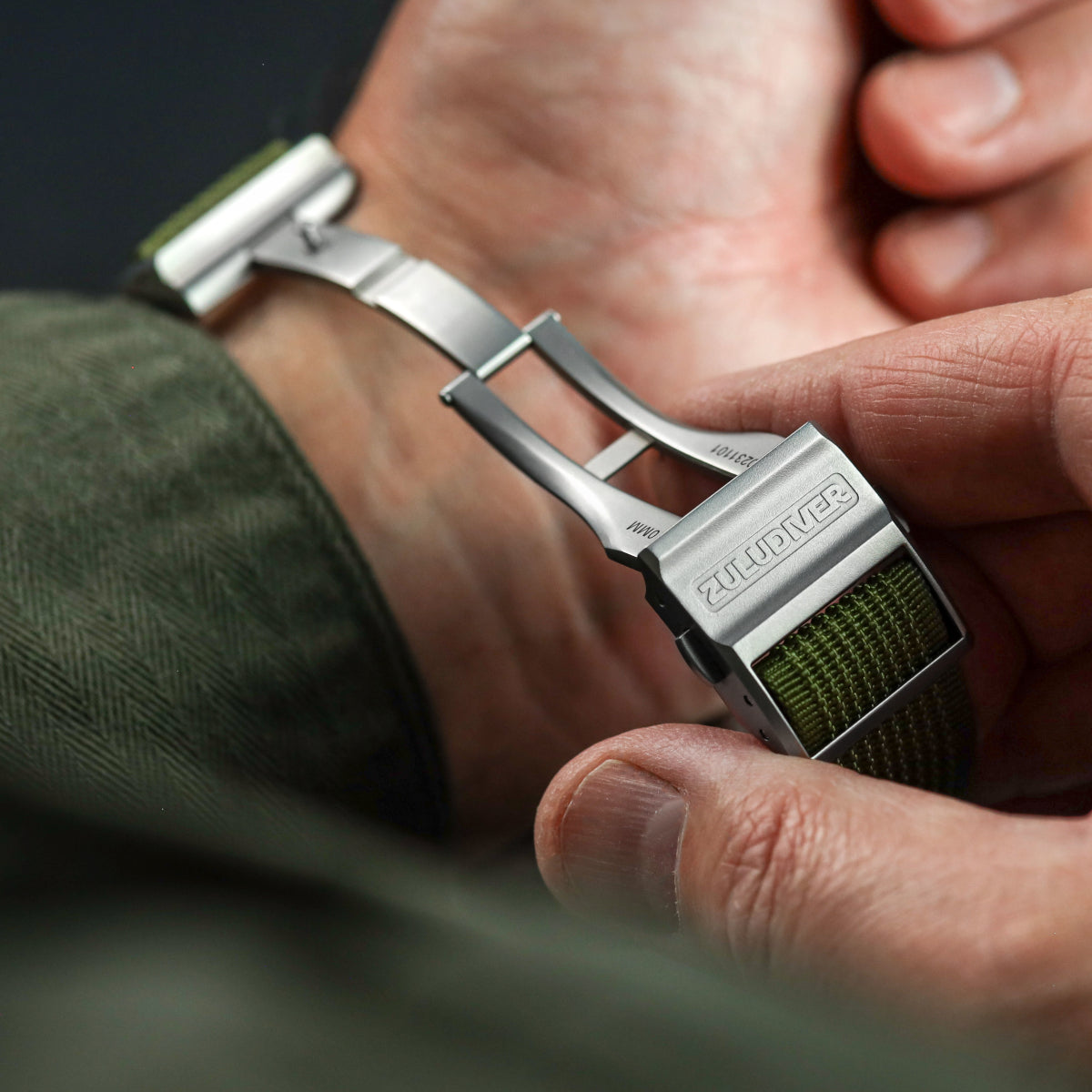Your Cart is Empty
Unfortunately, we are temporarily unable to ship to the United States
Unfortunately, we are temporarily unable to ship to the United States

Bob Graham Round Expedition
July 31, 2020
What is the Bob Graham Round? – It is one of the most remarkable fell running challenges in the UK, consisting of 66 miles and 42 summits. The historic route is situated within the iconic Lake District National Park and was established by Bob Graham in 1932. Many athletes will attempt the circular route of 42 fells within a 24-hour period and those who are fit enough can join the exclusive Bob Graham Club. Kilian Jornet broke the record with an astonishing time of 12 hours and 52 minutes and in the year of 2019 the club registered 2384 successful finishes since 1932.

The team and the objective –During our third year of undergraduate study in Outdoor Adventure Leadership and Management involved a semester learning about successful expeditions. To enhance my understanding, I read ‘Everest the hard way’ by Chris Bonington, the first book I have ever read in full and was not disappointed. If you are looking for an insight into how expeditions take place, the process, thoughts, and ideas etc, do not think twice and grab yourself a copy. But to contextualize our learning, we had to plan and execute our own expedition. A team of four including myself, James, B. Rich, T. and Phil, W., decided to walk the Bob Graham Round in five days. Considering the team comprised of three Mountain Leader trainees and one qualified Mountain Leader, with a cumulative total of 100+ days spent in the mountains, the expedition was not a simple walk in the park. The wonderful British weather, all the navigating, the exped packs, emergency plans, equipment and all the challenges that come with it meant it was not quite straight forward. Not to mention roughly around 8,800 metres of ascent, almost the height of Everest. No other teams on the course have ever attempted this expedition before, so we were quite hyped up and motivated to complete this challenge. On top of that, spending five days in the wild and enjoying the mountain scenery with some amazing friends, there was nothing more enticing.

The journey began with five weeks of planning and preparing for the expedition. Every week we would contemplate many different aspects to figure out the best possible plan for giving ourselves the best chances. We discussed everything from the wild camp locations, bad weather alternatives, escape routes who would take what equipment, how many litres of water, what food, which maps and so on. The first major decision was if we are going to do the route clockwise or anti-clockwise, both have benefits and barriers but is all dependent on your goals and objectives. Because our team wanted more sleeping options for the first two nights, we had decided to go anti-clockwise. We thought that tackling the hard section first would give us a good indicator of our chances and also less ascent to do towards the end. Grab yourself a copy of the Harvey’s Bob Graham map for more detail on the route. Also, the four Ordnance Survey maps that cover Lake District (OL4, OL5, OL6 and OL7) are valuable and informative. They include huts, access, code of conduct etc, and they are easier to navigate with. Due to not doing the official challenge, we decided not to start or finish at the Moot Hall in Keswick either. For us, it was all about trying to tick off the official 42 summits.
Little Town to Wasdale –It was the 1st of November and also the first day of our expedition, starting in Little Town at 0600, the sun was rising and all we could hear were birds chirping their dawn chorus. One hour later, as we summit our first peak Robinson (737m) all four of us are sweating buckets but Hindscarth (727m) and Dale Head (753m) come around very quickly. After completing the first short section of the north western fells we descended to Honister Pass for coffee and baps. Make sure you stop for breakfast and refuel, before you step into the wilderness for a few hours until the Wasdale valley. Sadly, this was the point where we lost Phil, W. as he was feeling under the weather. But the three musketeers carried on, only to find out that heavy rain was coming in. A few hours later there was a moment of silence just prior to the slog up and down Kirk Fell (802m) as we realised there would not be enough light in the day to summit our first 11 peaks as we hoped for day one. As we got to Blacksail Pass it was a team decision to cut the day short, miss out on 4 peaks and head down the valley. Simply because we did not see the benefit of spending around 5 hours in total darkness and potentially only setting up our camp at midnight. It was a sacrifice we needed to make, to allow us to carry on with the next four days. Last-minute decision to stay at Wasdale Head Inn was a moment of relief, I remember having two full pub dinners that evening.

Wasdale to Great Langdale –Waking up to a full English breakfast and our clothes roasting hot after having three radiators on full blast, recovered and refuelled, ready to embark on day two. The first massive slog to the top of Scafel (964m) was very demanding, everyone was quiet but luckily, we were listening to the radio, England playing rugby against South Africa in world cup finals. This was just before we were reaching the highest point in England, Scafel Pike (977m), it was meant to be a magical moment, as England would deliver pay back to South Africa for their win in 2007. We had some champagne ready to go but the dreams were just dreams. The next section up until Esk Pike (885m) briskly flew by but Bowfel (903m) and Rosset Pike (651m) was another story. Seeing the silhouette of the landscape as the sun was setting down, head torches on and in full navigational mode. Navigating in total darkness was the key to success and I recommend you do not embark on this challenge if you are not confident navigation in the dark. A couple of gruelling hours of pain just before some pints at the Old Dungeon Ghyll. Ticking off all planned 8 summits was a nice feeling but not as nice as the tipis with a log fire pit at the national trust campsite. If you like comfort on your expeditions, make sure to book in and you will not regret it.

Great Langdale to Dunmail –The third day has started off with a bacon bap and some coffee, I believe our style of adventuring is very clear by now. Heading up to Pike of Stickle (709m) was a good morning slap in the face, we could really feel the 15kg packs at this point. However, our attention was very quickly taken by a lost walker as we were coming off Harrison Stickle (736m). It was quite windy, moderate rain and very foggy, you could not see more than 100m ahead. The person was lost for an hour, had no waterproofs, no gloves, no food, or water but most critically no map or compass. Please do not be that person, come prepared and never underestimate the seriousness of the mountains. Consider your limits, choose appropriate routes, understand the weather conditions, stay warm and dry, have emergency procedures and so on. Those are the aspects that will keep you safe, small things that make the biggest difference. Luckily, we were heading in the same direction and a couple of hours of helping out took our minds off the time. More gruelling hours and more navigating in darkness, the day flew by. Apart from a tricky descent down Dunmail pass following the field boundary. In darkness and with heavy backpacks, would not recommend at all costs. Turning around and coming down Steel Fell (553m) in south-easterly direction was a much safer option.
Dunmail to Threlkeld –Following a lovely wild camp in the valley as we came of Steel Fell, our fourth day started off with some unfortunate news, Rich, T. feeling slightly under the weather with some minor injuries. Being realistic and sensible, it was not worth the risk for him to carry on. For myself and James, B. day four was more of the same, 12 hours of walking and 12 summits later, we have arrived in Threlkeld. At this point, all the other teams have finished and were in the pub celebrating, but we still had one day of our expedition left. Unfortunately, our transport was leaving at lunchtime the next day, meaning we would have to wake up at 0400 and the weather conditions were not in our favour at all. As we have already missed 4 summits earlier, we did not see the value and it simply did not line up for us, so we decided to stop there. Four 10-12 hour days, 35 summits, around 55 miles and 6000m of ascent, it was time to celebrate.

Summary –While the jigsaw puzzle did not quite come together in the end and although we did not achieve our main objective, we had a stellar time and were quite chuffed with our performances. An important lesson from the experience is that no matter how detailed the plan is, there is always something out of our control and it is with perseverance that we can overcome our obstacles. You have to make sacrifices, be realistic and do not be afraid to step away from your goals. Sometimes taking one step back is what will allow you to take two steps forward next time. With each experience there is more character and more strength, face the adversity and stay positive. Our celebratory mini champagne bottles will remain on the shelf, waiting to be popped another time.





